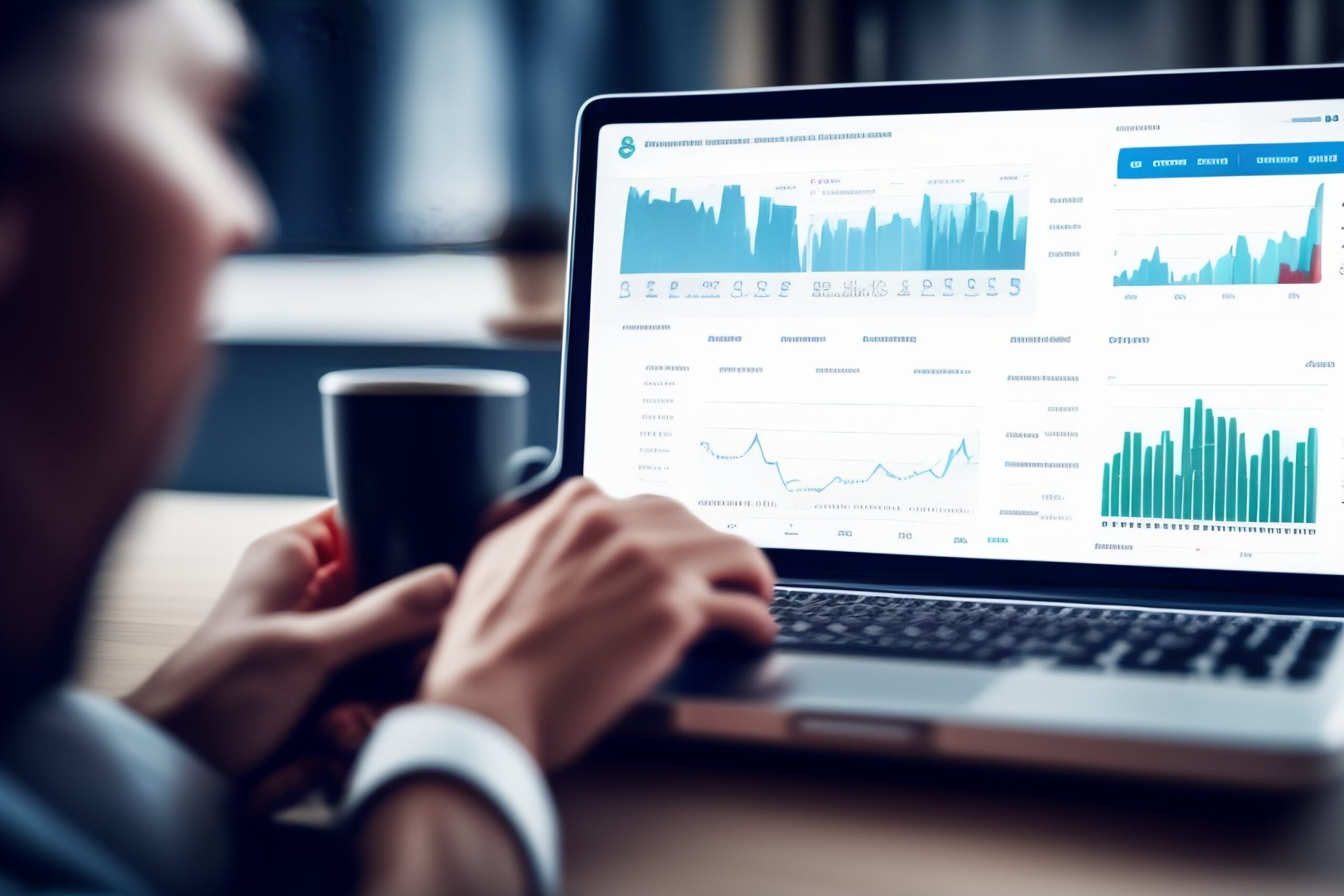

In today’s digital age, where information spreads at the speed of light, governments face unprecedented challenges in crisis management. However, the emergence of social media has not only transformed communication but also provided a unique avenue for governments to monitor, analyze, and respond to crises. Moreover, this blog explores the theoretical applications of social media analytics in government crisis management, highlighting its significance and potential advantages.
Before diving into the theoretical applications, it’s crucial to understand what social media analytics entail. Social media analytics encompass actively collecting, monitoring, and analyzing data from various social media platforms. Nevertheless, this data extends beyond mere numbers and statistics. Furthermore, it embraces a rich tapestry of information, including user engagement, sentiment analysis, trending topics, and more. By harnessing this information, governments can gain insights into public opinions, reactions, and concerns during times of crisis.
Social media’s role in crisis management cannot be overstated. It serves as a real-time information hub, enabling governments to swiftly disseminate vital updates to the public. Moreover, citizens utilize social platforms to share their experiences and seek assistance, providing valuable ground-level insights.
Moreover, the use of social media analytics can extend to multiple phases of crisis management:

1.Early Warning Systems Social media can act as an early warning system for potential crises. By monitoring keywords and trends, governments can identify emerging issues and respond proactively. For instance, a sudden surge in posts related to food safety might indicate a possible contamination, prompting authorities to investigate promptly.
2. Sentiment Analysis for Public Perception Sentiment analysis tools can gauge public sentiment towards government actions during a crisis. Furthermore, these tools can assess whether the government’s response is perceived as adequate or lacking. By analyzing sentiments, governments can adjust their strategies and communication to address concerns effectively.
3. Identification of Hotspots and Resource Allocation During a crisis, resource allocation is critical. Social media can help identify hotspots of activity, where resources are needed the most. For instance, if posts about medical emergencies spike in a specific region, authorities can allocate medical personnel and supplies accordingly.
4. Monitoring Disinformation In the age of “fake news,” monitoring and countering disinformation is paramount. Social media analytics enable the identification of false narratives and rumors in real-time. This empowers governments to provide accurate information and maintain public trust.
5. Evaluating the Effectiveness of Communication Effective communication is central to crisis management. Social media analytics allow governments to evaluate the reach and impact of their messages. Metrics such as shares, retweets, and comments provide insights into which messages resonate with the public, enabling refinement of communication strategies.
6. Preparedness and Planning In addition to its applications during an ongoing crisis, social media analytics can aid in preparedness and planning. By analyzing historical data, governments can anticipate potential crisis scenarios and devise strategies to address them.
While the theoretical applications of social media analytics in government crisis management are promising, several challenges must be acknowledged and addressed:
In conclusion, the theoretical applications of social media analytics in government crisis management are vast and transformative. From early warning systems to post-crisis analysis, these applications offer governments unprecedented tools to enhance their response strategies. Furthermore, the integration of social media analytics into crisis management frameworks empowers governments to make data-driven decisions, engage with the public effectively, and ensure a more resilient society in the face of crises.
In an era where information is power, social media stand as a powerful ally for governments striving to protect their citizens and manage crises with efficiency and empathy. Embracing these theoretical applications can revolutionize the way governments approach crisis management, ensuring a safer and more connected world for all.
If you want to know more about Data Analytics and Social Media, kindly click on the below link: https://mycollegeassignment.com/social-media-research-and-techniques/
Do you require any assistance with your assignments? We’re here to help you! Now is the time to go : http://www.subjectacademy.com/ https://www.instagram.com/mycollegeassignment/